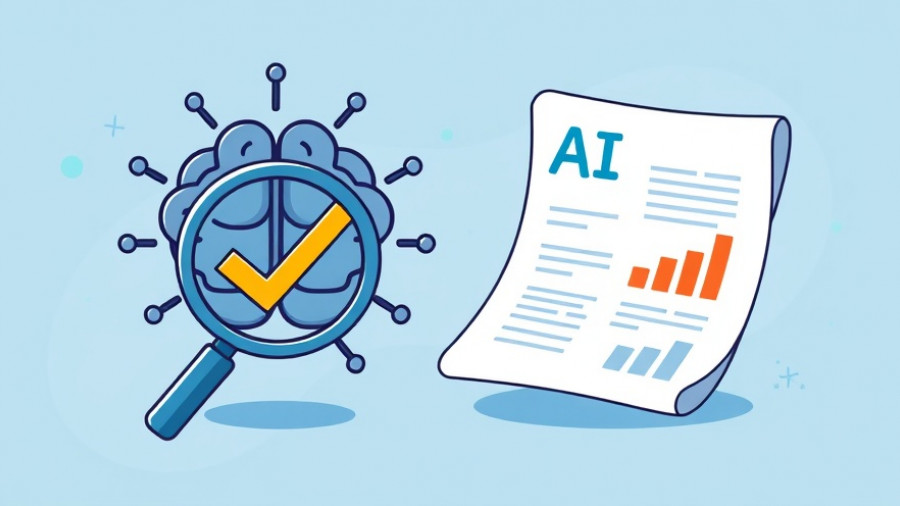
Understanding the AI Visibility Gap for Modern Brands
As artificial intelligence technologies become an intrinsic part of consumer interactions, brands are facing a new challenge: the AI visibility gap. Despite strong performance in traditional SEO, many commercial brands find themselves invisible in AI-driven search contexts, which impacts growth and consumer trust.
Raj Sapru, Chief Strategy Officer at Netrush, pointed out that rankings in traditional search engines do not guarantee visibility within AI platforms. In many instances, industry publications, educational sites, and comparison platforms are capturing the attention of AI systems, while traditional commercial brands lag behind, even with high-quality content.
Why Brands Need an AI Visibility Audit
The need for an AI visibility audit arises from the stark differences in how AI platforms evaluate and prioritize content. Unlike traditional search engines, which focus on keyword density and rankings, AI systems rely on machine-readable structures and authoritative verifications. A recent audit by IQRush found that fewer than 10% of AI-powered answers included references to leading commercial brands, highlighting a systemic visibility issue.
This audit revealed that brands must adapt their content structure to be machine-readable and more authority-focused. The lack of citations from reputable sources diminishes a brand's likelihood of being recognized by AI systems that shape consumer perceptions.
Seven Questions to Assess AI Visibility
The following key questions help brands identify visibility gaps and enact improvements:
-
Are We Visible in AI-Powered Search Results?
Brands need to test their visibility across various AI platforms like ChatGPT and Perplexity to assess their presence and citation rates. -
Are Our Expertise Claims Actually Verifiable?
AI demands not just confident assertions but verifiable data. Brands should use structured content to support their claims. -
Does Our Content Match How People Query AI Engines?
Content should align with natural conversation patterns used in queries to maximize its relevance in AI responses. -
Is Our Product Information Structured for AI Recommendations?
Structured data for products enhances their visibility in recommendations, contrasting traditional marketing narratives. -
Is Our “Fresh” Content Actually Fresh to AI Engines?
Updating content with current, substantive data is crucial for maintaining relevance. -
How Do We Measure What’s Actually Working?
Tracking citation impacts complements traditional SEO metrics, revealing comprehensive visibility insights. -
Where Are Our Biggest Visibility Gaps?
Identifying where brands are not appearing in relevant queries enables strategic content development.
The Future of Brand Visibility
As the competition intensifies in AI visibility, brands need to act swiftly. Delaying action can lead to permanent gaps as competitors begin to solidify their positions. Brands that invest in AI visibility today can ensure their relevance and ownership of market conversations tomorrow.
Dive deeper into this crucial topic and equip your brand with strategies tailored for the AI landscape. Don’t let your competition outpace you!
 Add Row
Add Row  Add
Add 




Write A Comment